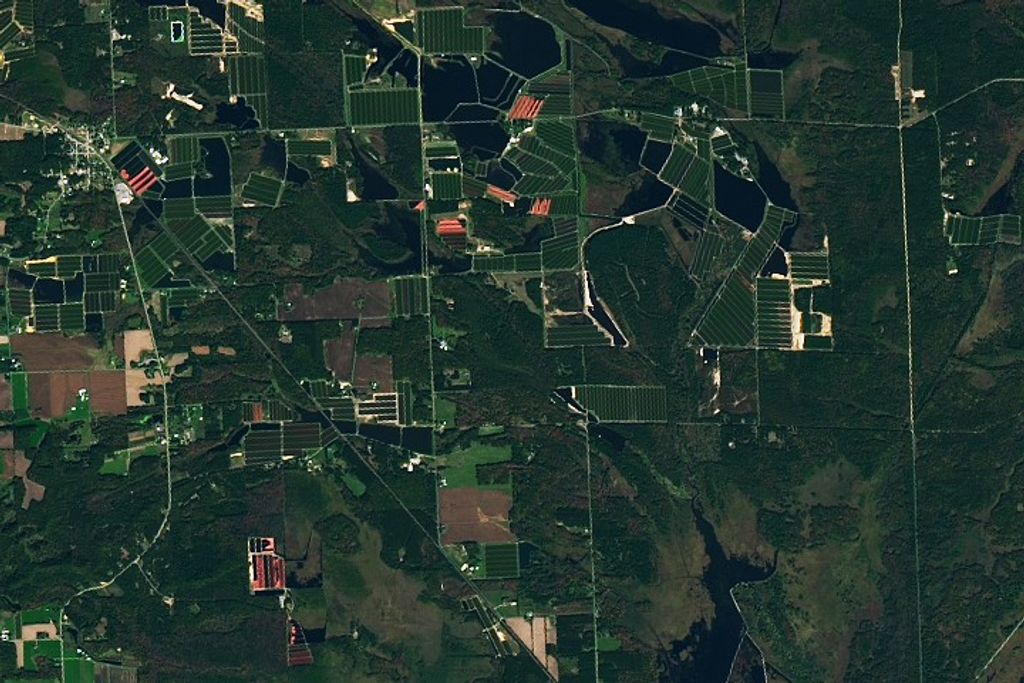Radi-N2 Neutron Field Study (Radi-N2): Wilmore retrieved eight bubble detectors from deployed locations in the US Lab and delivered them to the Russian crew who will process all detectors in the Bubble Reader. The objective of this investigation is to better characterize the ISS neutron environment and define the risk posed to the crewmembers’ health …

























